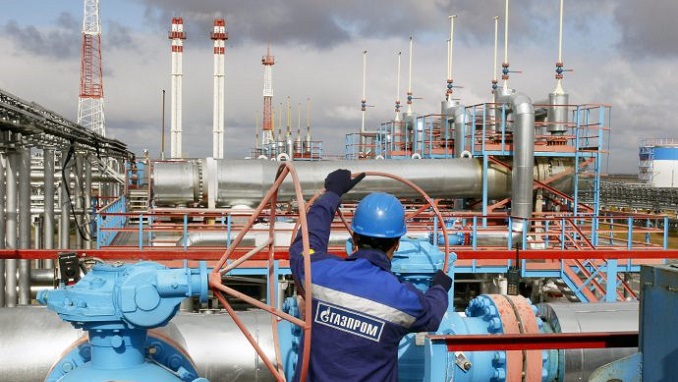Serbia’s Refinery Strain Exposes Sanctions Risk
Serbia’s NIS faces crude disruption under new U.S. sanctions; rerouting delays could tighten fuel markets, pressure EURRSD, and lift inflation risk. (CL=F, DXY)

Fresh U.S. sanctions have disrupted crude deliveries to Serbia’s state-backed refiner, NIS, raising the likelihood of run-rate cuts or temporary outages if alternative feedstock supplies are not secured quickly. As a land-linked market with limited crude flexibility, Serbia faces elevated exposure to shipping, insurance, and banking constraints that complicate sourcing of non-sanctioned barrels. Any sustained disruption at the 100,000 bpd Pancevo refinery could force the country to boost imports of refined products through Adriatic and Danube routes, tightening local wholesale supply and widening the price basis versus ICE gasoil.
Government officials are prioritizing retail stability by releasing strategic reserves, easing import logistics, and coordinating regional emergency flows. Still, macro spillovers activate fast in Serbia’s small, open economy: fuel-led CPI volatility, current-account pressure from costlier imports, and working-capital strain for distributors as credit terms reset. FX markets remain stable for now under National Bank of Serbia (NBS) intervention credibility, but prolonged import dependency could weaken the dinar (EURRSD) and lift local T-bill yields.
A smooth rerouting of crude — potentially through Kazakh or Iraqi blends adapted to NIS technical specifications — would contain the shock. A disorderly adjustment could produce supply queues, price caps, and squeezed refinery margins, discouraging private-sector imports. Over the next month, traders will monitor refinery utilization updates, import lead times, and the pump-to-ICE gasoil spread for early stress signals.
Policy trade-offs are stark: maintain market pricing to attract inflows versus short-term caps to calm inflation expectations. With Brent crude (CL=F ≈ US$89) steady and the dollar (DXY) firm, Serbia’s base case is intermittent tightness but manageable volatility through regional backstops. The risk case remains a protracted feedstock constraint driving inflation variance into winter.





